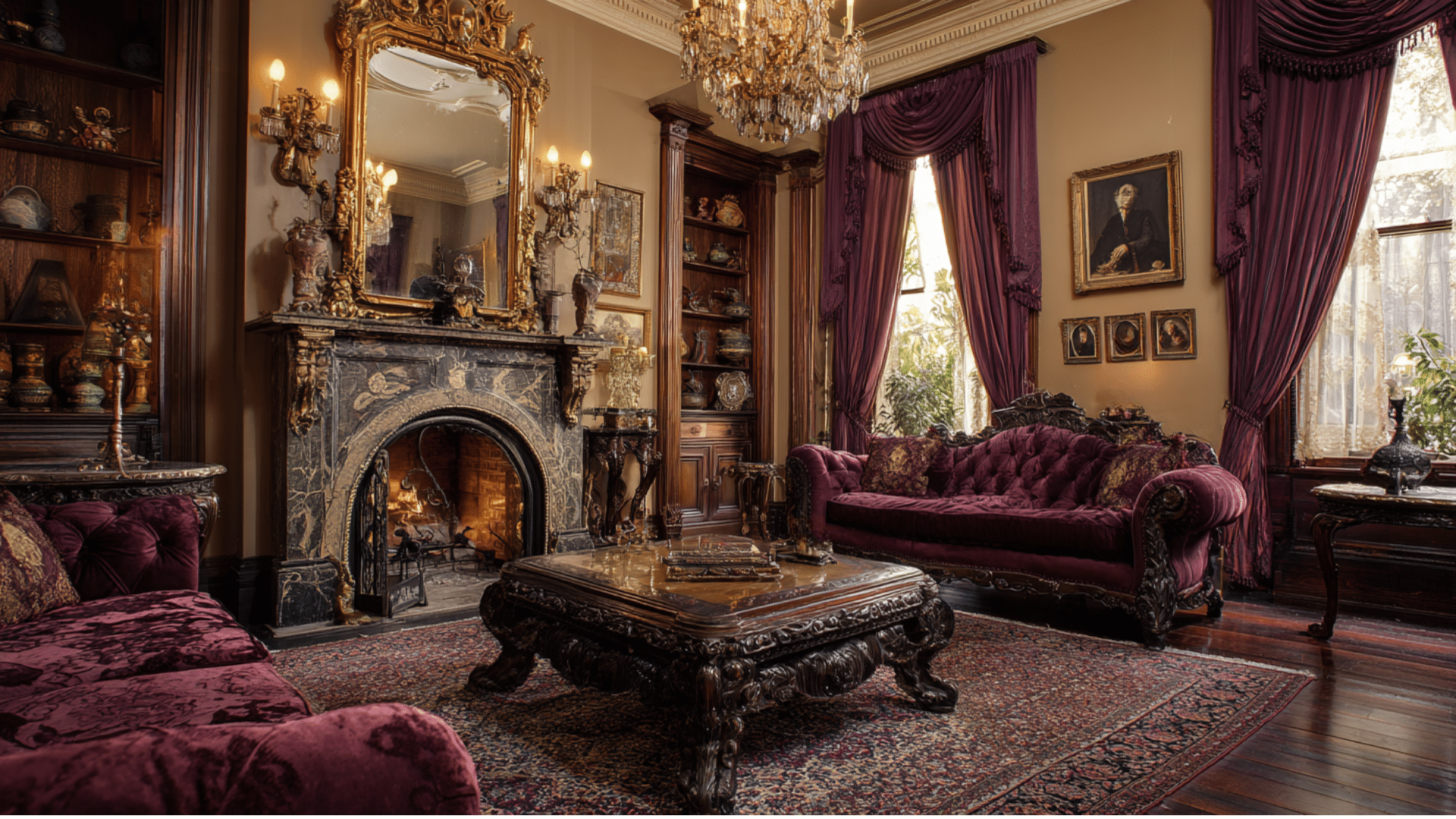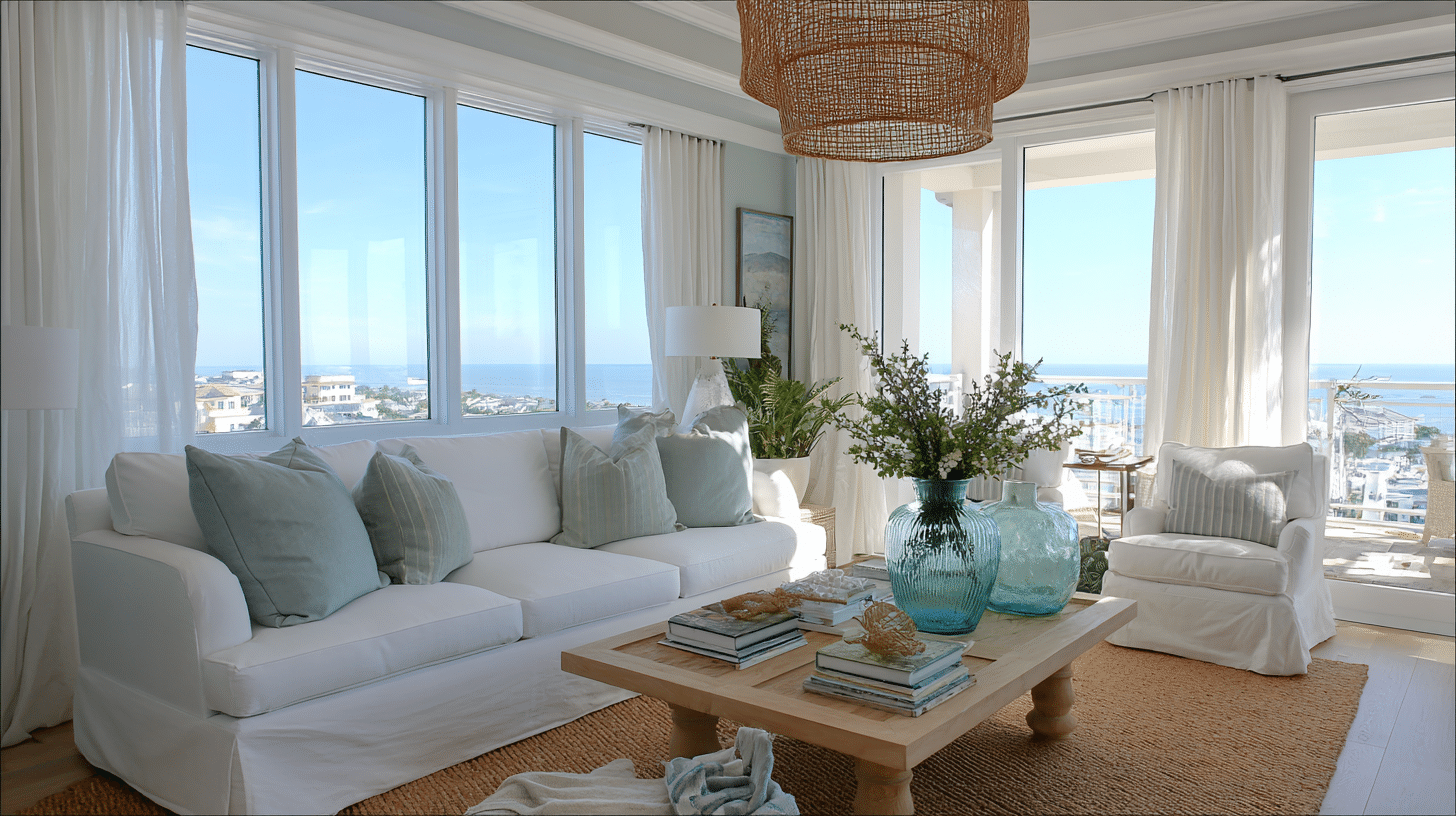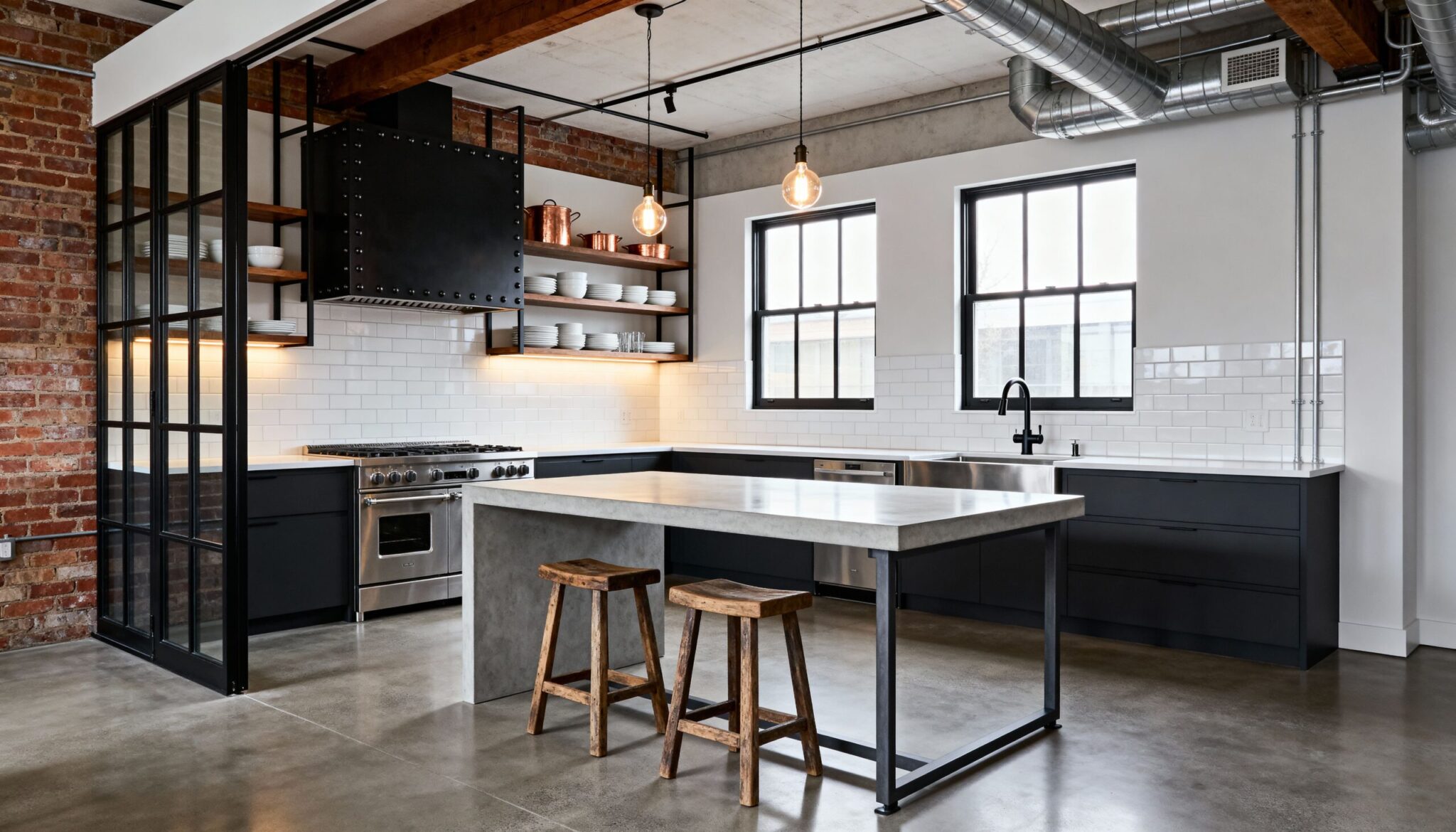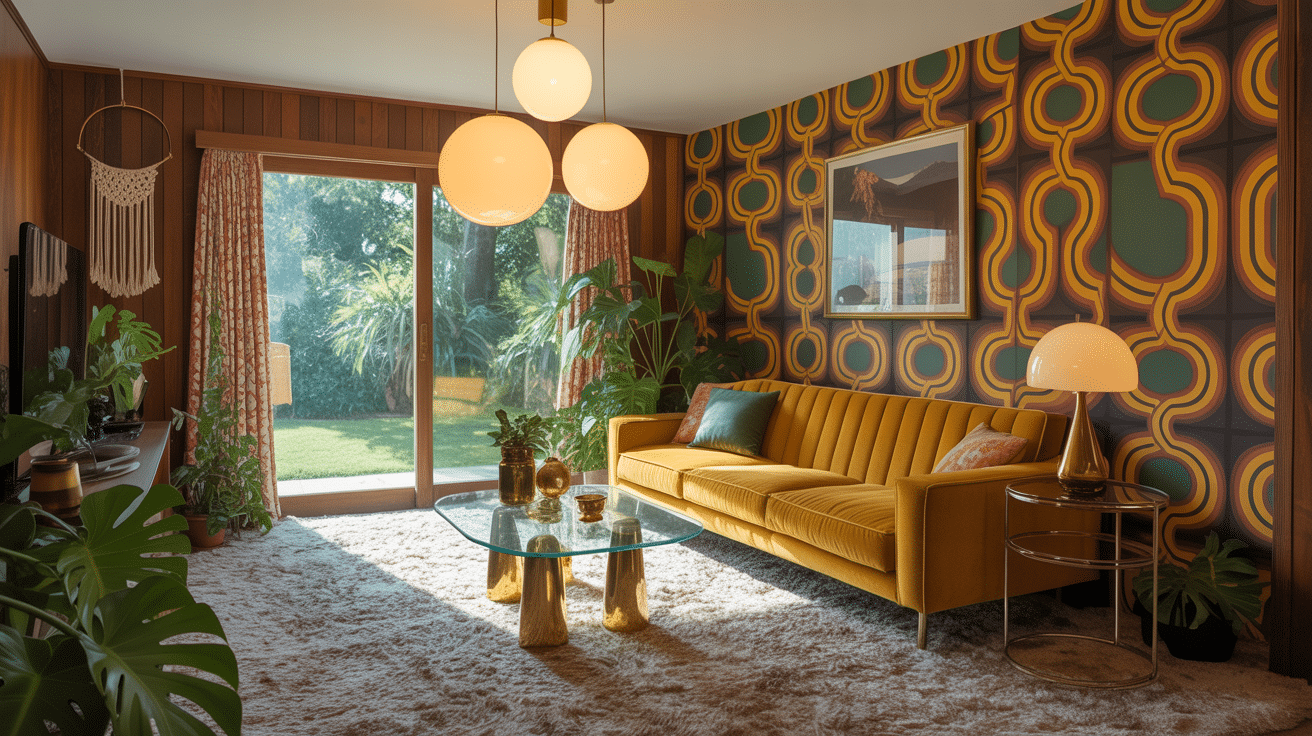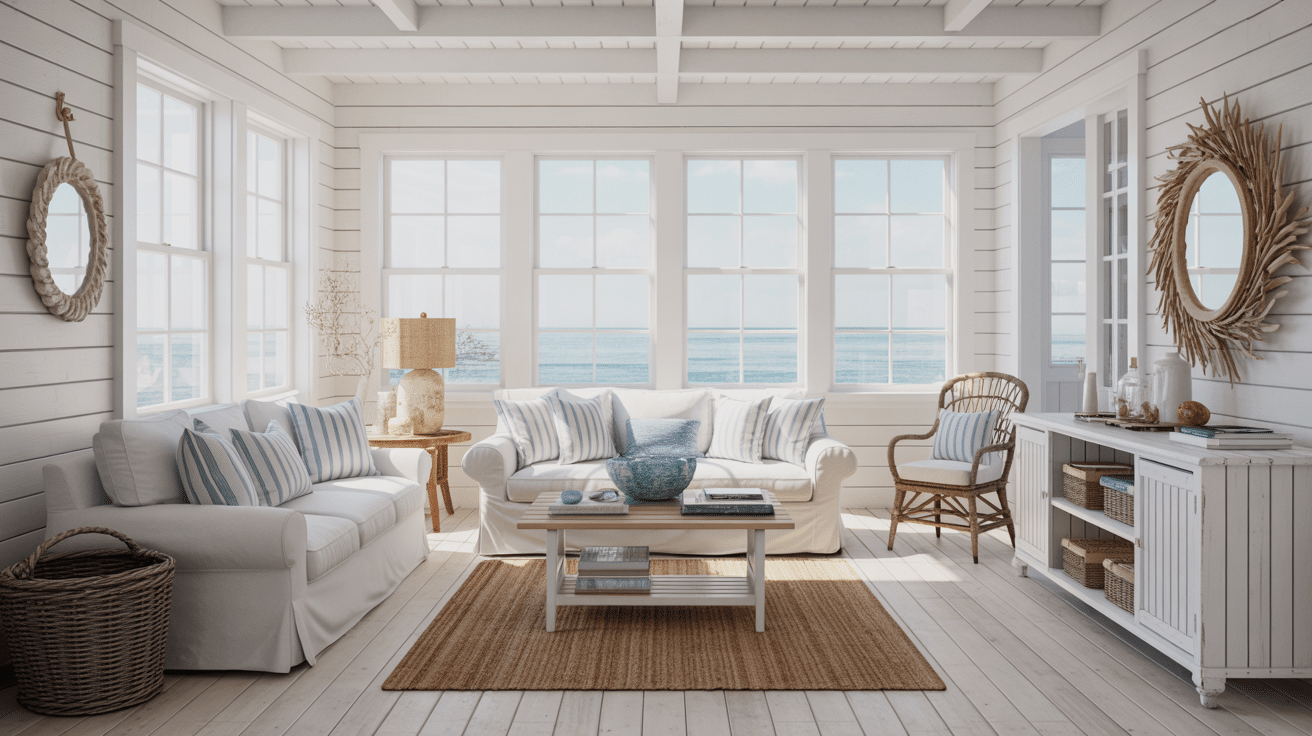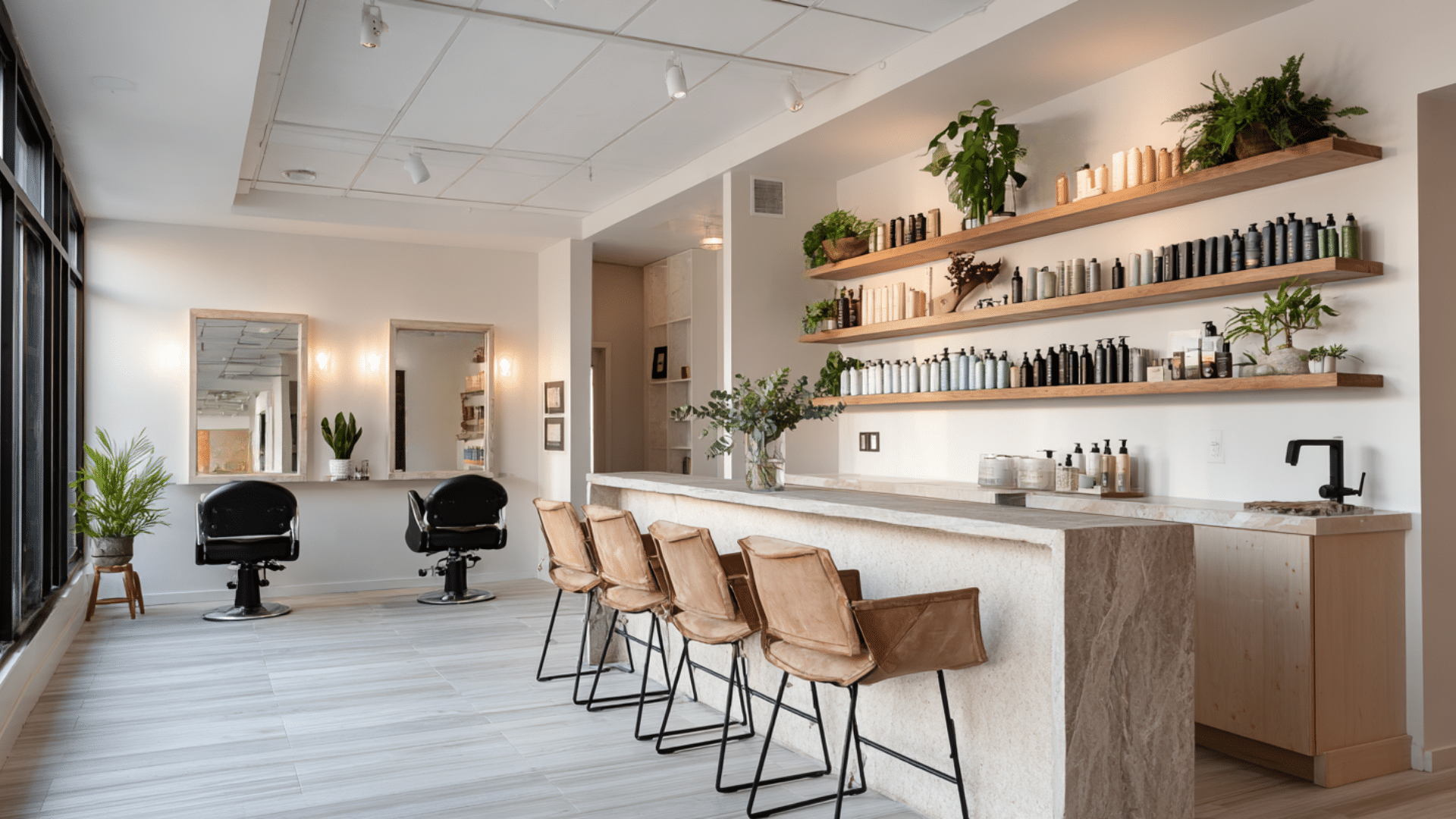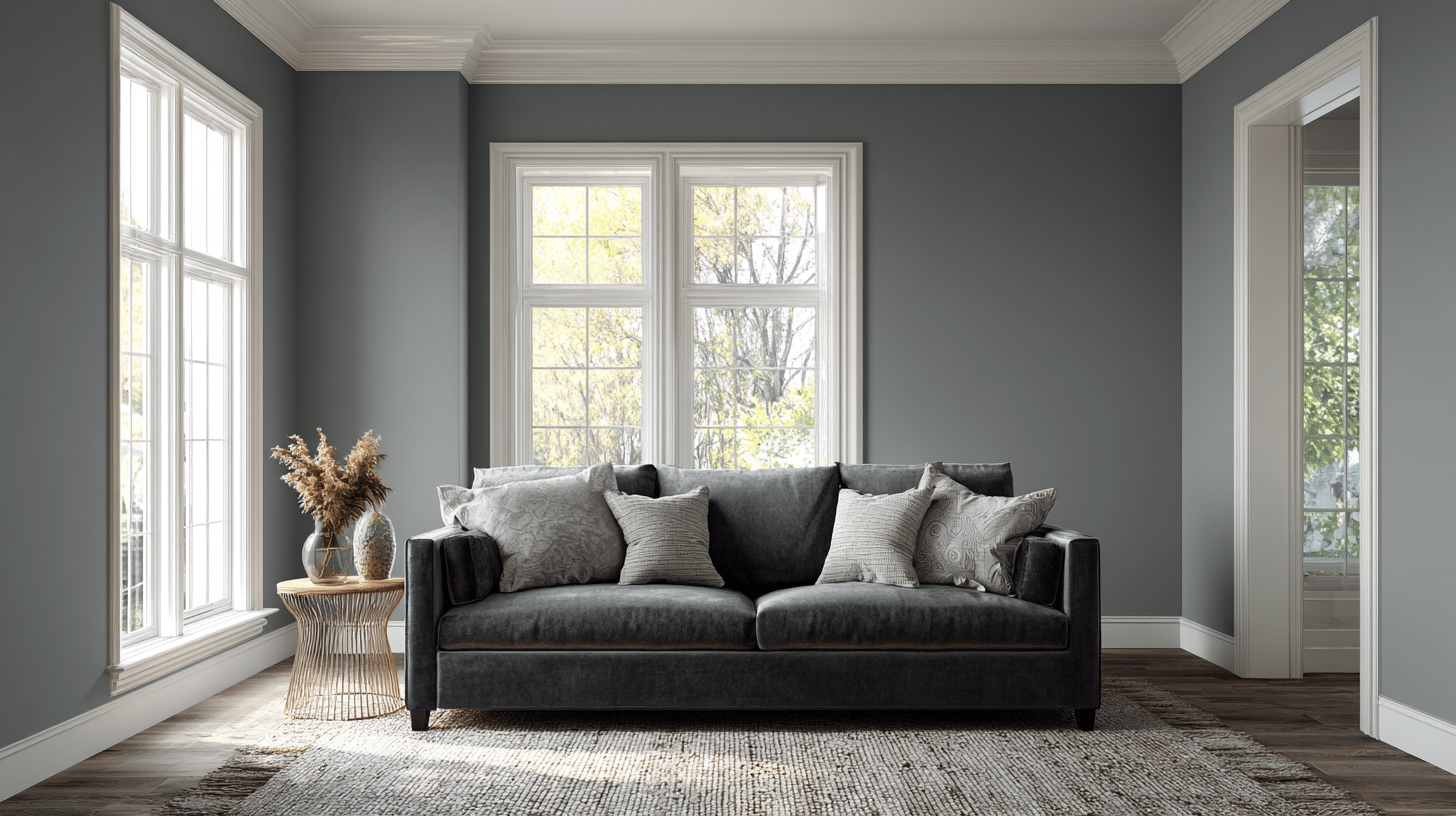Table of Contents
- Key Characteristics
- Victorian Style Interior
- How to Bring Victorian Style Into Modern Homes
- Wrapping It Up
The Victorian-style interior tells the story of a changing world, and its evolution reveals how society has changed over the course of more than a century.
Victorian Era (1837-1901):
- Heavy, dark furniture made from mahogany and walnut showed wealth and permanence
- Ornate patterns and busy wallpapers reflected the era’s love for decoration and detail
- Multiple layers of fabric, curtains, and rugs demonstrated prosperity and comfort
- Formal parlors and dining rooms emphasized social hierarchy and proper entertaining
- Gas lighting and coal fireplaces shaped room layouts and color choices
Early 1900s-1950s:
- Simpler lines emerged as people sought less cluttered spaces
- Lighter colors gained popularity with improved electric lighting
- Modern conveniences changed how rooms functioned and looked
- War periods brought practical, minimal approaches to home design
Modern Era (1960s-Present):
- Victorian elements returned as accent pieces rather than dominant themes
- Open floor plans replaced formal, separated rooms
- Vintage Victorian furniture became collectible and trendy
- Contemporary homes blend Victorian details with modern functionality
Today, Victorian house interior design influences are evident in carefully chosen statement pieces that add character without overwhelming modern lifestyles.
Key Characteristics
Victorian interiors have a distinct personality that’s instantly recognizable. These seven key characteristics define the style and help you know what makes a room truly Victorian.
| Characteristic | Key Features | Purpose |
|---|---|---|
| Rich Color Palettes | Deep burgundy, forest green, and chocolate brown with gold accents | Created warmth and luxury, hid soot from gas lighting |
| Ornate Furniture | Intricate carvings, mahogany/walnut woods, tufted upholstery | Showcased craftsmanship and wealth |
| Heavy Textiles | Velvet, brocade, and damask fabrics with layered curtains | Added texture and demonstrated prosperity |
| Elaborate Wallpapers | Bold floral and geometric patterns, wainscoting | Reflected the belief that plain walls looked unfinished |
| Architectural Details | Crown molding, ceiling medallions, bay windows | Showed attention to craftsmanship |
| Layered Lighting | Gas chandeliers, oil lamps, and table lamps with fringed shades | Compensated for limited lighting technology |
| Decorative Collections | China, sculptures, and photographs are displayed on every surface | Demonstrated wealth and cultural refinement |
Victorian Style Interior
Victorian interior design wasn’t a single style; it evolved through various periods and influences.
Each type had its own distinct personality, reflecting the evolving tastes and technological advancements of the era.
1. Early Victorian (1837-1850)
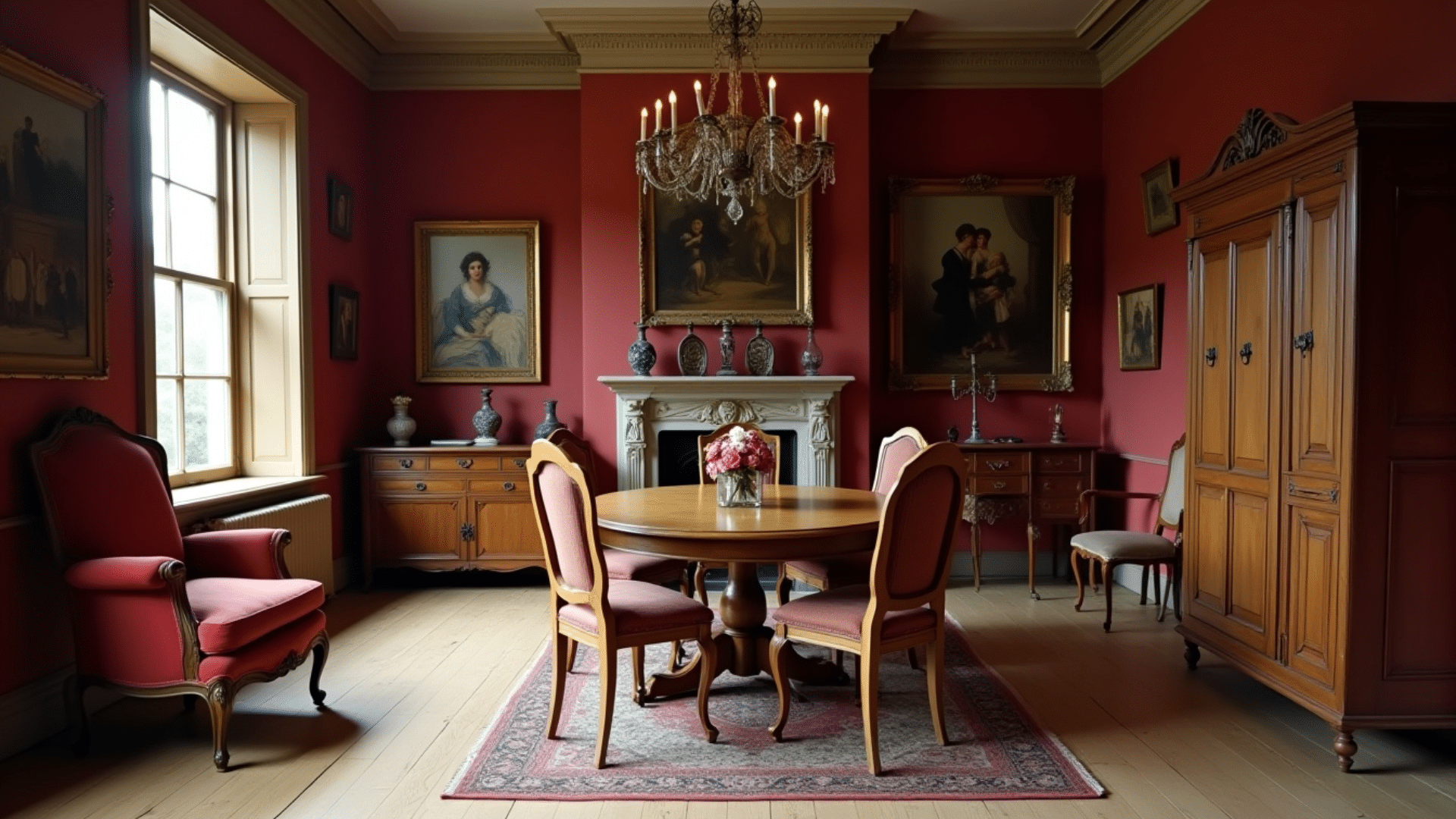
This period featured simpler designs with Gothic Revival influences. Heavy oak furniture dominated rooms. Dark colors and minimal ornamentation were common.
Furniture had straight lines and functional designs. This style emphasized comfort over elaborate decoration during the early years of Victoria’s reign.
2. Mid-Victorian (1850-1870)
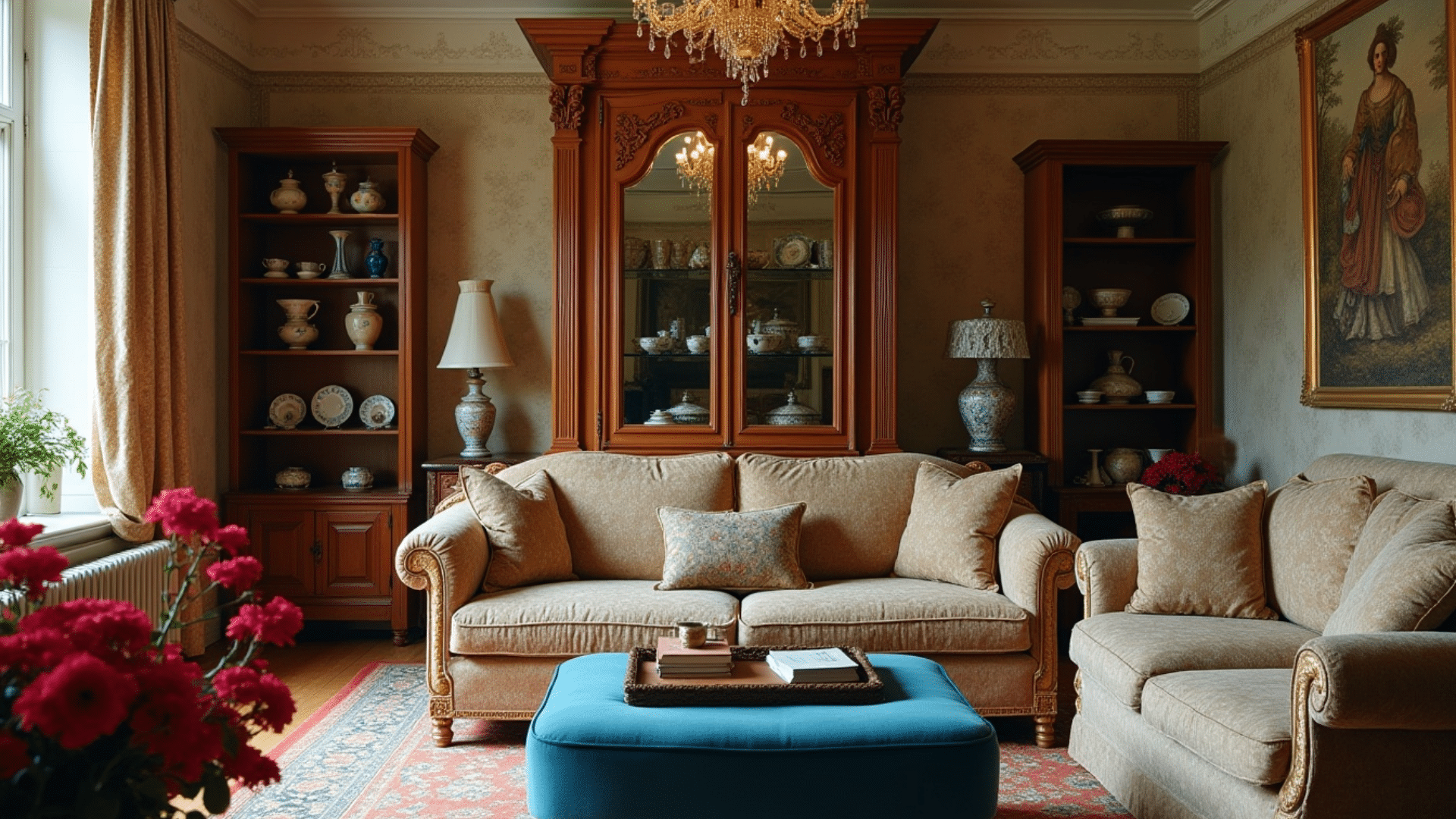
The height of Victorian opulence emerged during this period. Rooms became more ornate with elaborate furniture and rich fabrics.
Renaissance Revival elements were incorporated into carvings and patterns.
Multiple patterns are mixed together in wallpapers and textiles. This era was characterized by wealth displayed through extravagant decoration and luxurious materials.
3. Late Victorian (1870-1901)
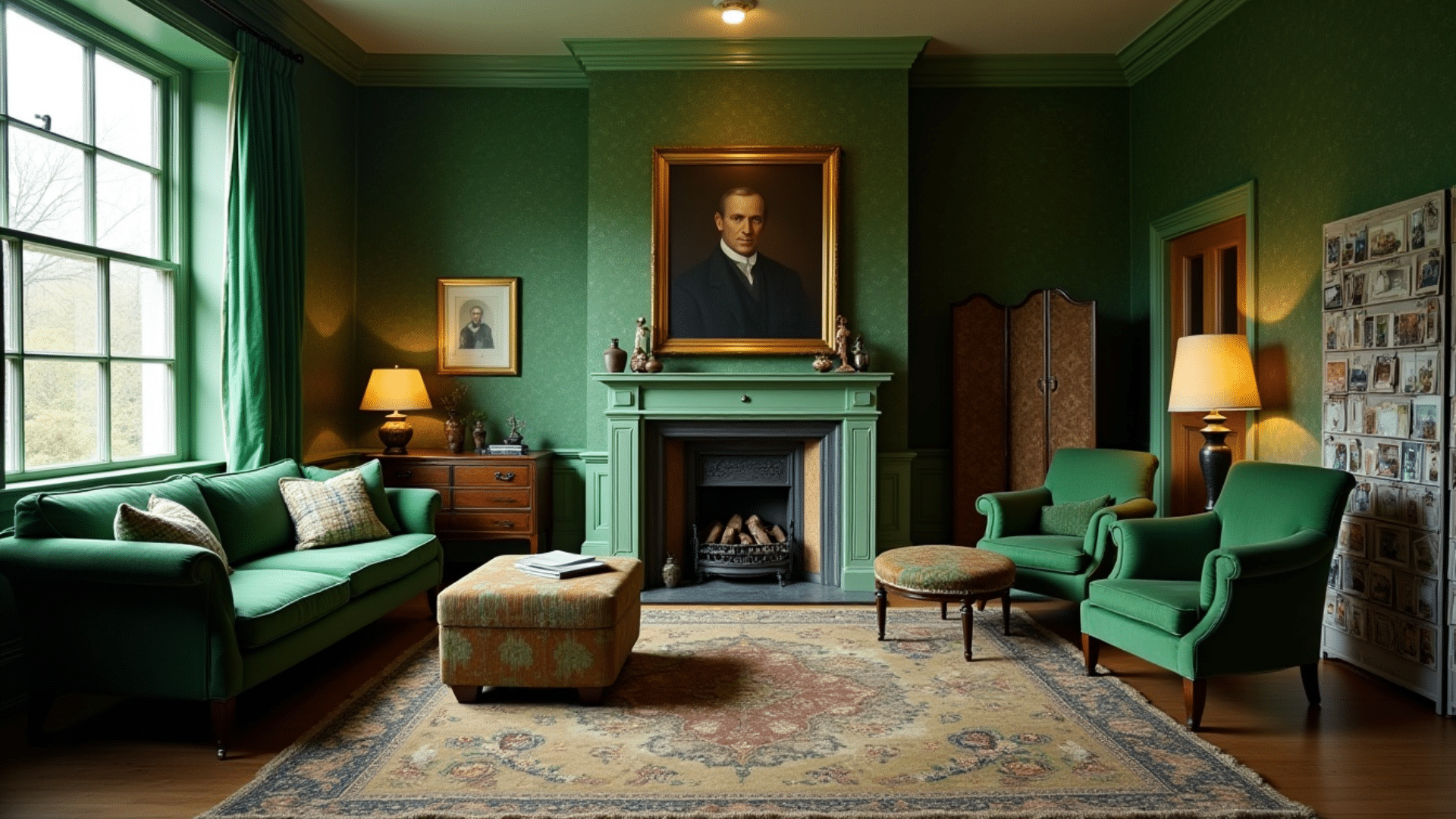
This period introduced lighter colors and more refined tastes. Aesthetic Movement principles influenced the adoption of cleaner lines and artistic elements.
Japanese and Oriental influences appeared in decorative objects. Furniture became less bulky while maintaining ornate details.
The style began moving toward simpler, more stylish approaches to home decoration.
4. Gothic Revival Victorian
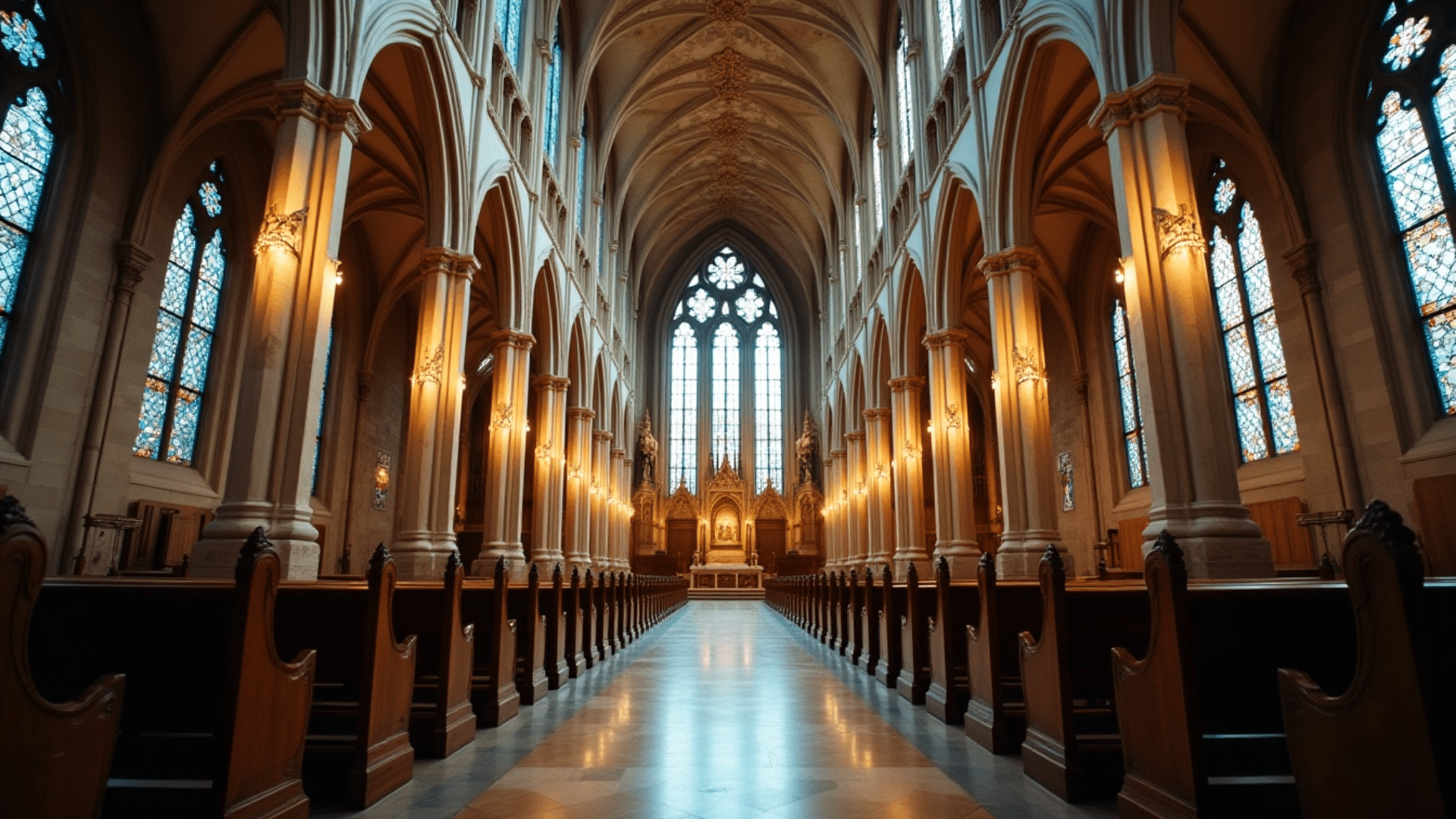
Medieval-inspired pointed arches and church-like elements defined this style. Dark wood furniture featured carved details resembling cathedral architecture.
Stained glass windows and heavy stone-like materials were popular.
Rooms felt dramatic and formal. This style appealed to those who admired medieval history and the architecture of religious structures.
5. Renaissance Revival Victorian
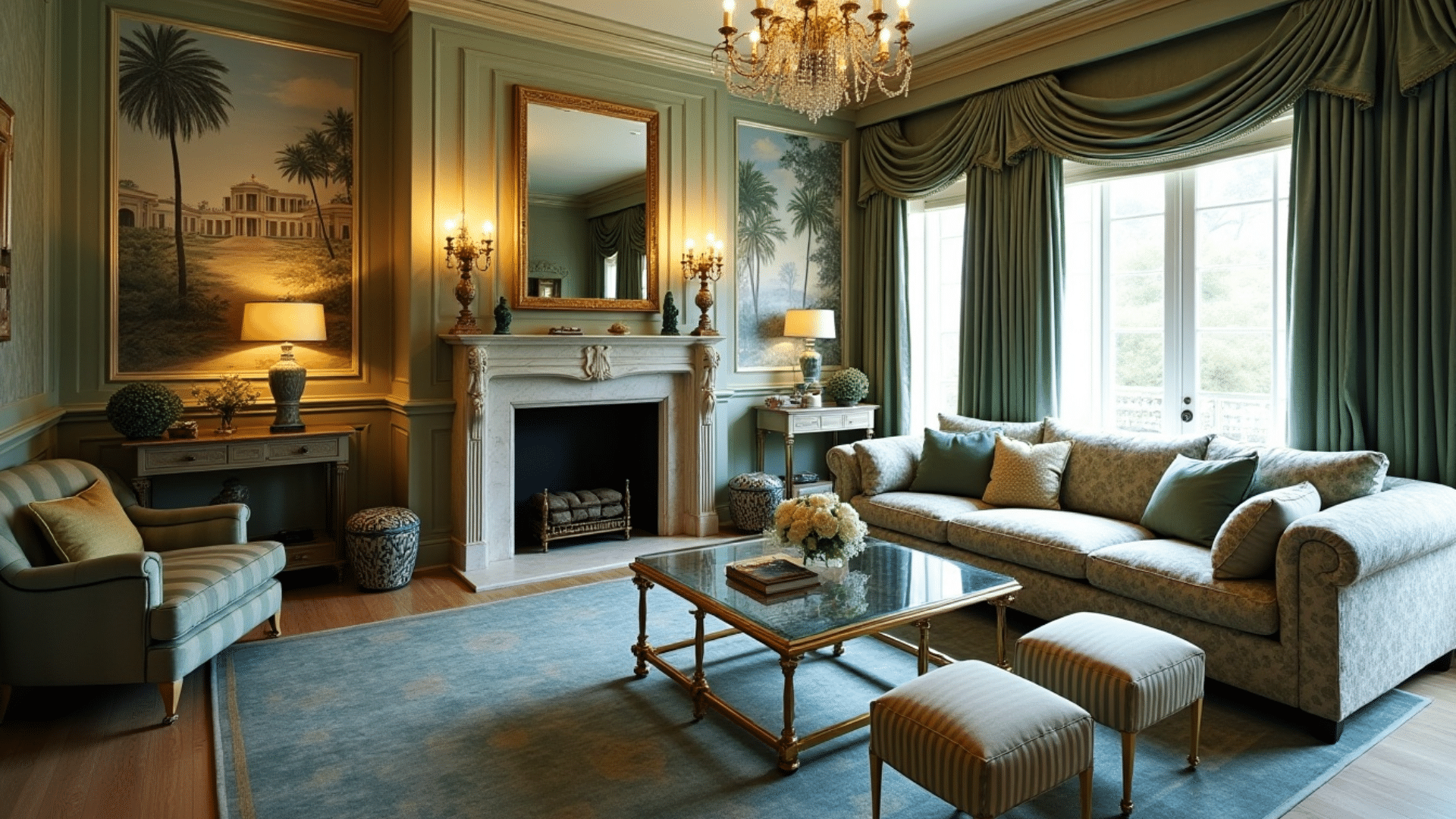
Italian Renaissance elements influenced furniture and architecture, with rooms featuring intricate carvings, rich velvets, gold accents, classical columns, and elaborate moldings.
Furniture featured curved lines and luxurious upholstery. This style emphasized grandeur and European sophistication in homes of both American and British origin.
6. Eastlake Victorian
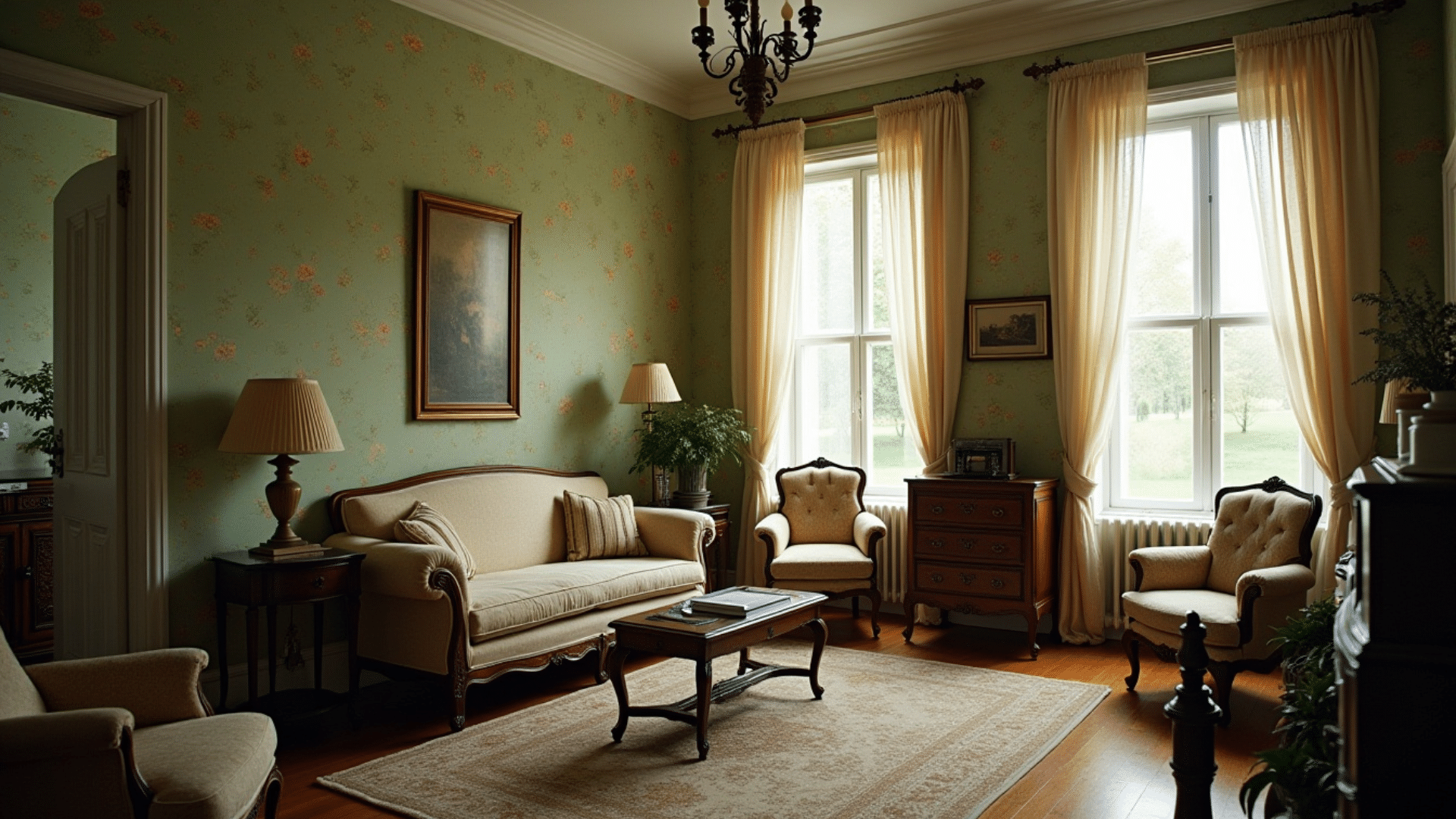
Named after furniture designer Charles Eastlake, this style emphasized simpler, more functional designs. Geometric patterns replaced the curved Victorian elements.
Light-colored woods, such as oak and maple, gained popularity. Machine-made furniture featured straight lines and minimal ornamentation.
This movement reacted against the excessive decoration of the earlier Victorian period.
7. Queen Anne Victorian
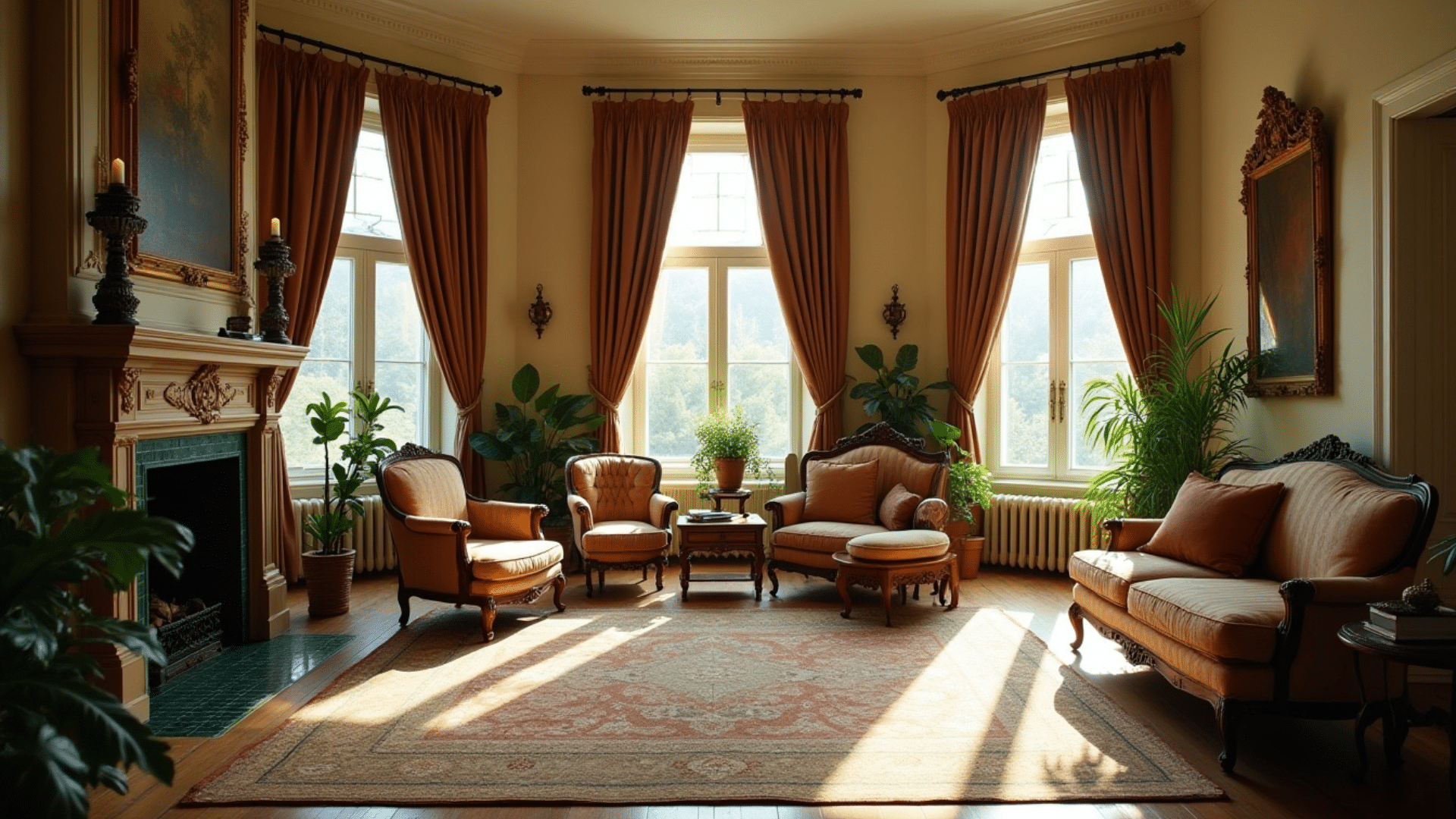
Asymmetrical designs and mixed materials characterized this popular style. Bay windows, turrets, and wraparound porches defined the architecture.
Interior spaces featured varying ceiling heights and irregular shapes, with bold colors and detailed woodwork remaining important design elements.
The style emphasized architectural detail over decorative objects.
8. Second Empire Victorian
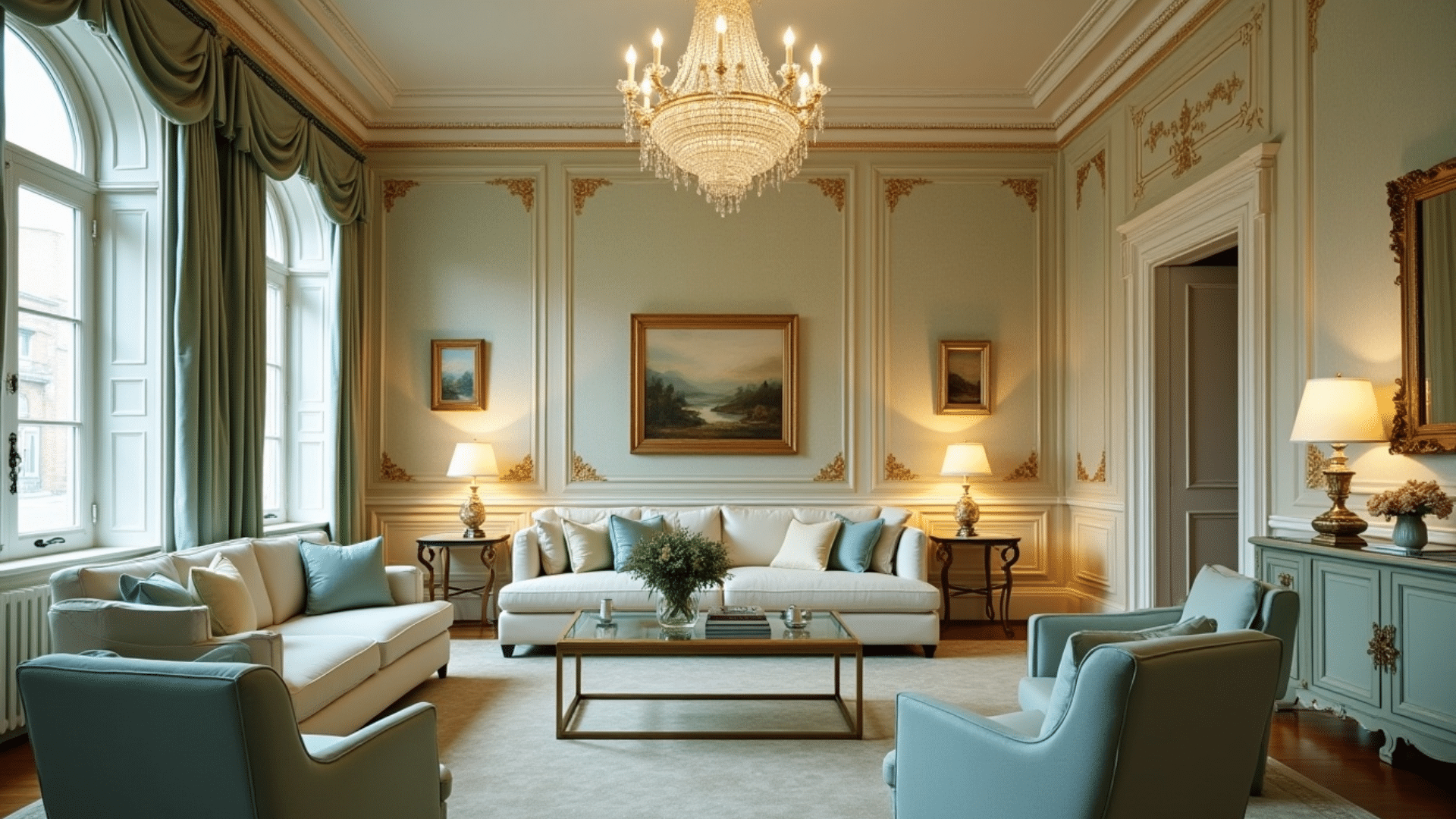
French-inspired elements included mansard roofs and formal interior layouts. Rooms featured symmetrical furniture arrangements and classical proportions.
Rich fabrics and chandeliers created luxurious atmospheres, with dark colors and heavy materials dominating the palette.
This style reflected Napoleon III’s influence on fashion and interior design during the 1860s and1870s.
9. Stick Style Victorian
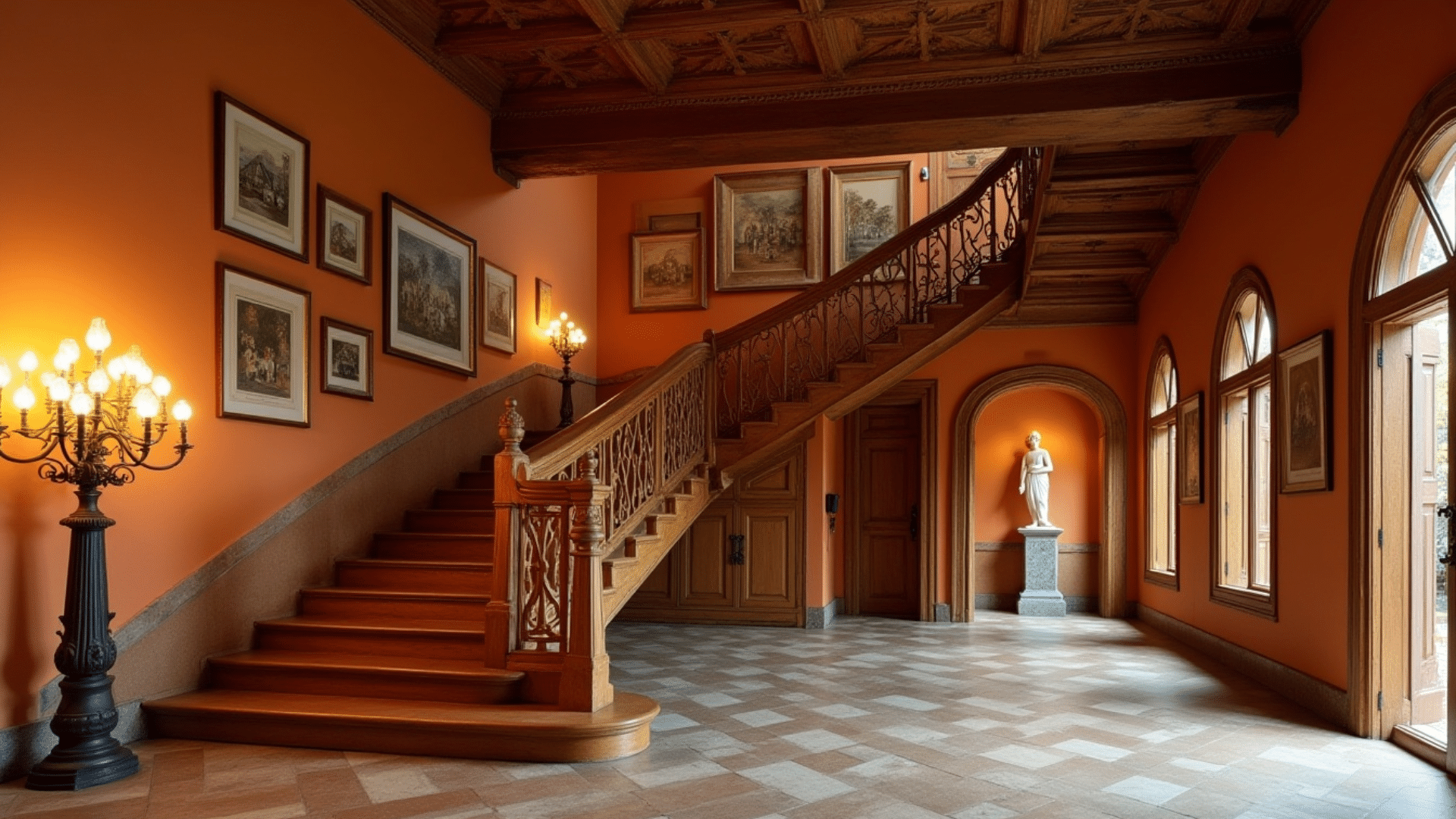
The exposed wooden framework created geometric patterns on the walls and ceilings. This style emphasized structural elements as decorative features.
Natural wood tones replaced painted surfaces in many rooms. Simple furniture complemented the architectural focus.
Stick Style signified a move toward more honest, craft-oriented design principles in Victorian homes.
10. Shingle Style Victorian
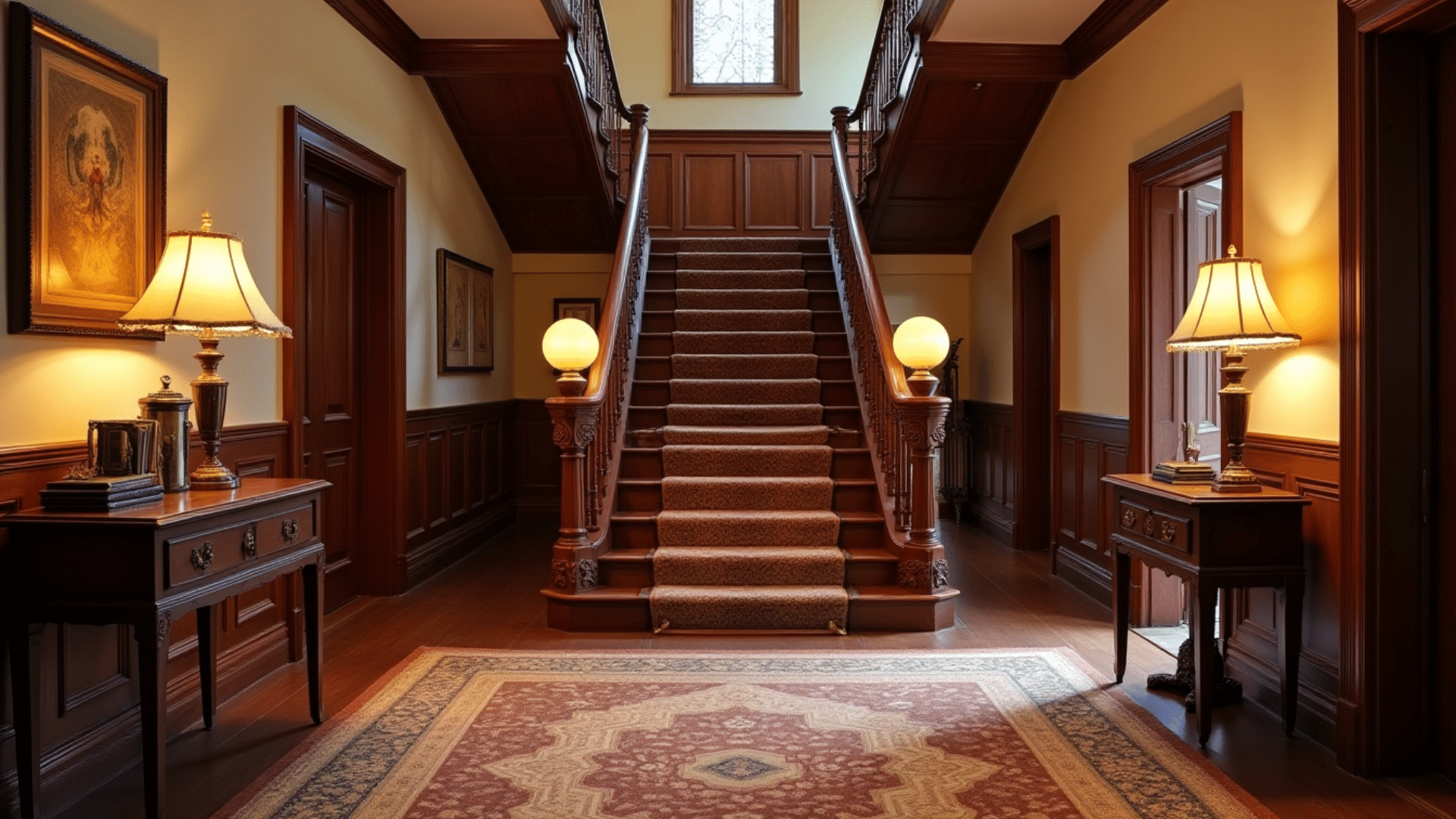
Informal, comfortable interiors replaced formal Victorian arrangements. Open floor plans naturally connect living spaces. Natural materials, such as wood shingles and stone, created a rustic beauty.
Built-in furniture and window seats maximized space efficiency. This style anticipated the Arts and Crafts movement’s emphasis on simplicity and natural materials.
How to Bring Victorian Style Into Modern Homes
You don’t need a period home to enjoy Victorian charm. These simple tips help you add Victorian character to any modern space without overwhelming your current style.
- Layer velvet throw pillows on existing furniture
- Install decorative crown molding in the main rooms
- Display vintage collections on floating shelves
- Use heavy curtains with decorative tiebacks
- Include one antique furniture piece and hang floral or damask-patterned wallpaper strategically
These small changes can convert your modern home into a space that captures the warmth and beauty of Victorian design.
Wrapping It Up
Victorian interior design continues to inspire homeowners more than a century after Queen Victoria’s reign came to an end.
The style’s emphasis on comfort, craftsmanship, and personal expression remains as relevant today as when first introduced.
You can see Victorian influence in modern homes through rich textures, layered lighting, and statement furniture pieces.
Victorian style shows homes should tell stories and mirror residents.
By applying these principles, you can create spaces that are both historically rooted and contemporary.

